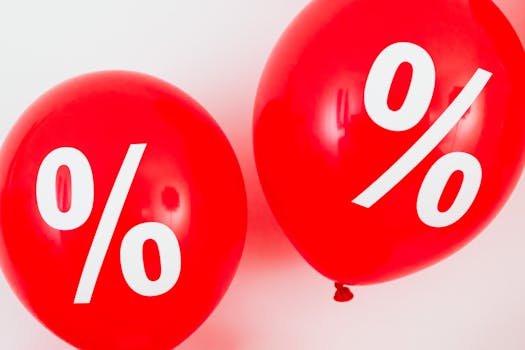Companies with the best and the worst fundamentals.
Lists of companies in NSE500 with the best and the worst fundamentals...
Lists of companies in NSE500 with the best and the worst fundamentals...
List of the latest important filings for NSE500....
Lists of companies in NSE500 with the best and the worst technicals...

This article delves into the potential impact of the recently announced U.S....

This article examines how multinational banks like JPMorgan are reshaping their teams...

An analysis of how lowered interest rates influence startup funding, IPO opportunities,...

The resurgence of small-cap stocks, particularly those represented by the Russell 2000 index, is gaining traction among investors as a crucial indicator of economic recovery in the United States. As of late September 2025, the index has seen a remarkable increase of 35% since the beginning of the year, signaling a reallocation of risk appetite and growing optimism about post-pandemic growth.
The Russell 2000 index is comprised of 2,000 of the smallest publicly traded companies in the U.S. stock market. It serves as an essential benchmark for the performance of small-cap stocks. Historically, small-cap stocks tend to outperform their larger counterparts during economic recoveries as these firms are often more agile and can respond rapidly to changing market conditions.
As the economy continues to rebound from disruptions caused by the COVID-19 pandemic, we see inflation moderating and consumer spending stabilizing. Inflation rates, which peaked at over 9% in 2022, have eased to around 3% as of September 2025, creating a favorable environment for small businesses. The unemployment rate has also dropped to 4%, close to pre-pandemic levels, indicating a robust labor market that supports consumer confidence.
The renewed interest in small-cap stocks has significant implications for retail investors. These investors, traditionally overlooked in favor of large-cap stocks, are now finding opportunities to capitalize on the growth potential in the Russell 2000. With large institutional players often focusing on mega-cap stocks, retail investors can benefit from the less crowded small-cap space.
Several economic indicators support the growth of small-cap stocks. Consumer confidence, as measured by the Conference Board, has increased sharply to 118.9, a leap from 104.0 at the start of the year. This surge suggests that consumers feel more secure in their job prospects and are more likely to spend, benefiting smaller firms that primarily depend on domestic consumption.
Moreover, the GDP growth rate is projected to hit 3.5% for 2025, up from a modest 2.5% in 2024. Small businesses, which make up approximately 64% of new private-sector jobs, stand to benefit significantly from an expanding economic landscape.
Additionally, the sector performance within the Russell 2000 reveals promising trends. The energy sector showcases a remarkable recovery, with oil prices stabilizing around $75 per barrel, fueling growth in small-cap energy companies. Similarly, the technology sector has witnessed a resurgence due to increased investment in innovative solutions, emphasizing software and cybersecurity.
Healthcare also remains a robust sector, largely fueled by the aging population and consistent demand for services, along with a stream of new drug approvals leading to opportunities for small-cap biotech firms.
While the gains in small-cap stocks are encouraging, potential investors should remain cautious. The volatility characteristic of small-cap stocks can lead to rapid price swings, influenced by macroeconomic conditions and their inherent dependency on domestic markets. The potential for rising interest rates, which could elevate borrowing costs for small companies, remains a risk that investors must account for.
For retail investors considering small-cap investments, a diversified approach is advisable. Sector-focused ETFs that track the Russell 2000 can provide exposure while mitigating risk. Moreover, a focus on fundamental analysis—looking at earnings growth, price-to-earnings ratios, and business models—can guide informed investment decisions.
The impressive gains in the Russell 2000 serve not only as a beacon of hope for an economic recovery but also present unique opportunities for retail investors. The shift towards smaller cap stocks underlines a broader trend of increasing confidence in the U.S. economy as it begins to emerge from a tumultuous period. With favorable economic indicators and sector growth fostering a positive investment climate, the resurgence of small caps could play a pivotal role in shaping the investment landscape for years to come.

An examination of recent investment flows into income and bond ETFs following...

The article examines how the recent decrease in interest rates may trigger...